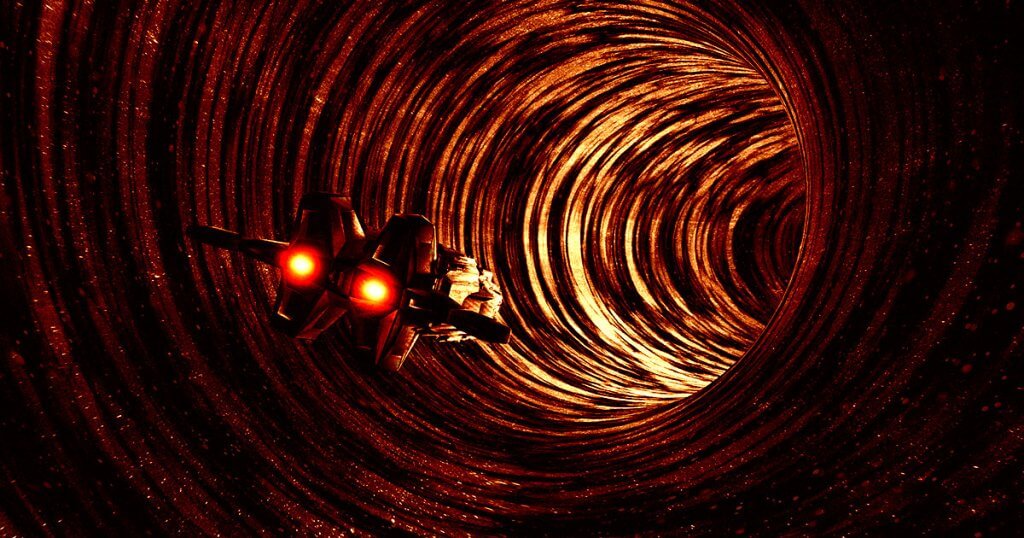
Alien Warp Drives May Have Left Trails Through Space, Scientists Say (Image Credit: futurism-com)
Could we detect signs of an alien spacecraft’s warp drive all the way from Earth?
Warp Path
In the 1990s, Mexican theoretical physicist Miguel Alcubierre proposed a new kind of hypothetical warp drive that would allow a spacecraft to travel faster than the speed of light.
To pull off that seemingly physics-defying trick, this hypothetical drive would need to generate a wave that causes the fabric of space to expand ahead of it and contract behind it. This could create a “warp bubble,” protecting space travelers within it as they cover light-years of interstellar or even intergalactic space in an instant.
While it may sound like a fantastical idea ripped straight out of “Star Trek,” some scientists believe there’s merit to the idea — and are now even considering that the possibility of the tech could provide new avenues for detecting advanced alien civilizations using instruments like the Laser Interferometer Gravitational-Wave Observatory (LIGO).
In a yet-to-be-peer-reviewed paper, a team of researchers hailing from top-tier campuses including Oxford and the Max Planck Institute suggests that the collapse of an Alcubierre warp bubble could generate gravitational waves that we could detect, a fun thought experiment that just might aid us in our search for alien life, no matter how unlikely.
Pull Over
Of course, the existence of such a spacecraft that can conquer the speed of light would require us to rewrite the laws of physics.
And plenty of questions remain. For one, coming to a stop could be extremely difficult, since passengers aren’t able to influence the world outside the warp bubble, as the researchers point out.
Another “key challenge is stability,” the paper reads. “There is (to our knowledge) no known equation of state that would maintain the warp drive metric in a stable configuration over time. Therefore, while one can require that initially, the warp bubble is constant, it will quickly evolve away from that state, and, in most cases, the warp fluid and spacetime deformations will disperse or collapse into a central point.”
Fortunately, such instability could also make it detectable. If a warp bubble were to collapse, it could generate gravitational waves that differ from the ones we can observe.
“Overall, the signal is very distinct from the typical compact binary coalescences observed by gravitational wave detectors and more similar to events like the collapse of an unstable neutron star or the head-on collision of two black holes,” the paper reads.
For now, though, the authors’ conclusion is nothing more than a fascinating thought experiment.
“Further work would be required to understand how generic the signatures are and properly characterize their detectability,” the researchers conclude.
More on warp drives: New Study Claims Warp Drives Are Possible
Share This Article





